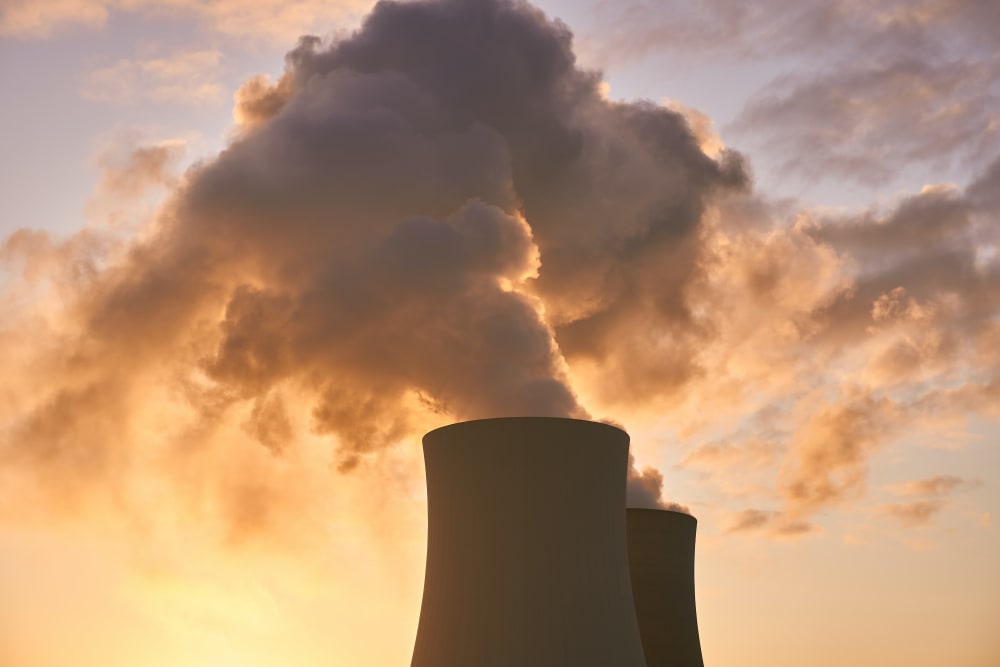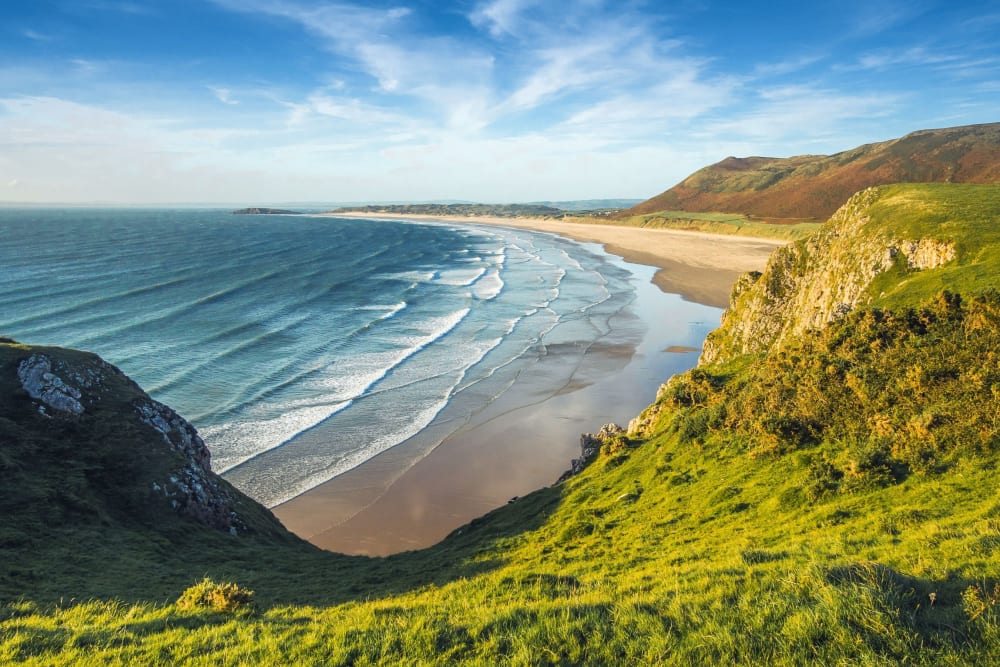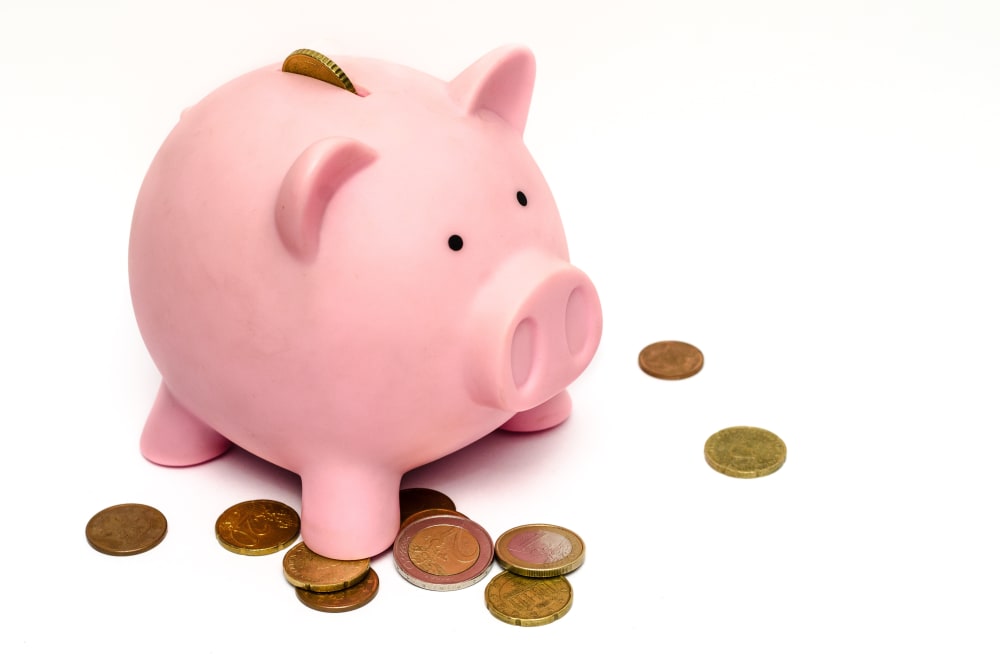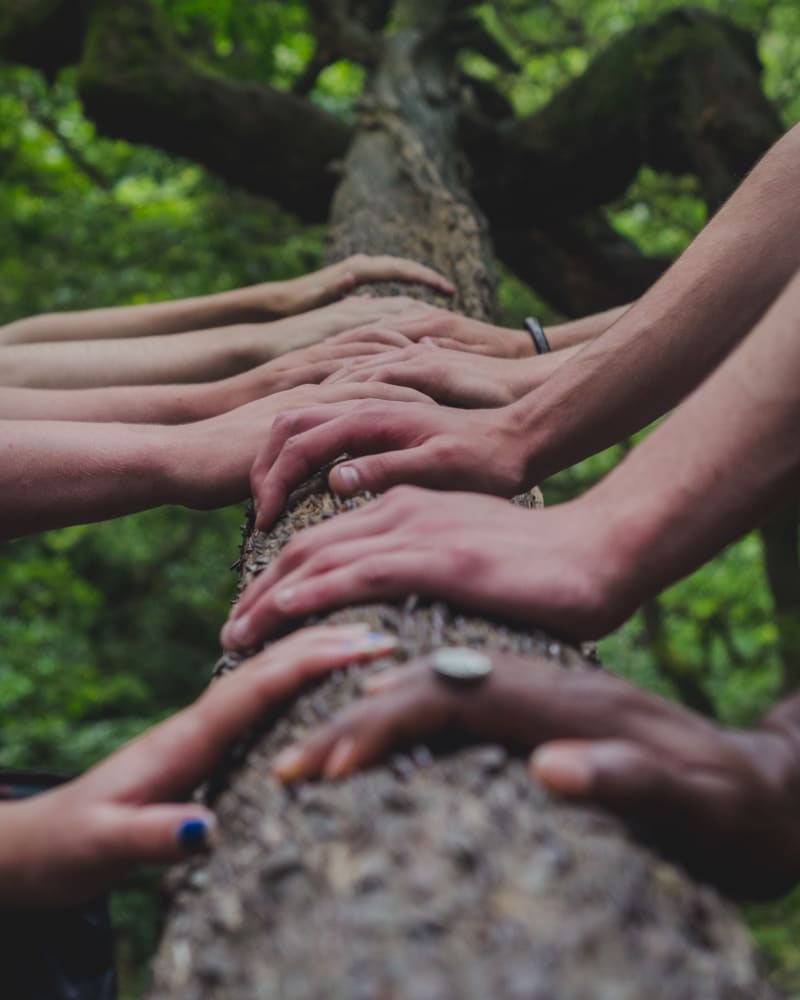With the world focusing on COP26 and so many views being shared across the media, I thought it was a good idea to actually read up more on what it means i.e. beyond what COP actually stands for (by the way, it’s the ‘Conference of the Parties’, the ‘parties’, being the 197 signatories to the United Nations Framework Convention on Climate Change (UNFCCC)). I was surprised to find a fairly short COP26 explainer that I would highly recommend if you have a spare hour, as it does explain quite a bit about the history of the COP (who are meeting for the 26th time this year - aha!), what it aims to achieve and why it’s important.
Reading through the explainer also gave me some added insights into all this terminology that was being thrown about (e.g. nationally determined contributions, building climate resilience and the ‘Paris Rulebook’) and a better appreciation of how it’s all meant to work together, in driving us towards net zero carbon (by 2050) and to achieve the 1.5 degree target. While this might just be a start, it feels like a good start in the right direction. Reading through the paper also got me thinking about how as individuals, we could start adapting our own personal habits, in order to move the needle forward, especially as it comes to fashion.
Fashion and our “individual contributions”
We have all heard the stats and sound bites about fashion being the second largest polluter in the world, how it makes up 10% of annual global carbon emissions, and that wearing our existing wardrobes is the most sustainable choice. However, global fashion is an industry that has an estimated worth of around $2.5 trillion (that’s $2.5 million million) and that is not something that will change or shift overnight. It will take concerted effort, within nations, between nations and across society, to drive a cleaner and better fashion future. And whilst the focus of COP26 might be at a global national level for countries to uphold their emission reduction targets, there are actions that we can also consider on a more personal level, to help reduce our “individual contributions”.
Securing Global Net Zero and keeping 1.5 degrees within reach
A key benchmark that is often shared in the media is that global warming needs to be kept within 1.5 degrees of pre-industrial levels, otherwise our ability to adapt to the changed climate would be much more difficult. If we accept that benchmark, the immediate goals would be to reduce emissions by 50% by 2030 and to be net zero carbon by 2050. At a national level, countries produce their Nationally Determined Contributions, to set out their emissions reduction targets. In order to achieve these targets, countries are looking at ways to shift to clean energy, to protect and regenerate forests and to drive sustainable production.
As individual consumers we can also contribute to this effort, by supporting companies that engage in more sustainable production for example, through organic farming. There are also brands that work with supply chains that invest in clean and renewable energy. Some businesses also design with regenerative agriculture in mind, with collections that are created from fibres that are farmed in a more natural way, intended to improve the environment from which they are produced. This is a great article which introduces some of these brands.

Urgently Adapt to protect communities and natural habitats
At a national level, countries are developing national adaptation plans and sharing best practice, in order to unite and support communities that are most vulnerable to the effects of a changing climate. It involves protecting and restoring natural habitats and building additional defences to prevent further harm, with the inevitable developments that will arise with a changing climate, even if we are to reach our global net zero targets.
While we might not be able to shop our way out of increasingly severe storms and floods, there are businesses which we can support, that partner with charities, associations and conservation organisations, that contribute to environmental causes and local communities. For example, People Tree is a UK company that pioneered the way for sustainable fair trade fashion, establishing People Tree Foundation in 1991, as an independent charity that supports environmental initiatives, community projects and campaigns for fair and sustainable fashion.

Mobilise Finance
Developed countries have made a joint commitment to mobilise $100B every year to support the needs of developing countries. Additionally, there is a need for further public and private finance to be funnelled into green infrastructure and to fund technology and innovation, to build an economy that is more resilient to changes in climate.
As consumers, this is the one area where we can really vote with our wallets. It’s about supporting the companies that are doing business in a way that can help create a better fashion future. If we are purchasing something, we are financially supporting the business that we are purchasing from and supporting the values that they stand for.

Work Together to Deliver
Following the 2015 Paris Agreement, countries have been working together to negotiate the ‘Paris Rulebook’, which are the rules required to implement the agreement. The goal is to deliver greater mitigation and adaptation actions, to keep all nations working towards the 1.5 degree target by brokering action across governments, business and society; transforming the way we power, feed, house and transport ourselves.
By understanding the provenance of what we buy and being more aware of who we support with our purchases, we can all make an impact with our individual contributions. Whether it’s supporting local brands to lower our carbon footprint; buying organic or fair trade products that are produced more sustainably; or choosing to shop with value driven brands that support specific environmental and social issues, there are many ways that we can all make our choices matter. There are over 100 billion units of apparel being purchased globally each year, which means billions of opportunities for us to make a conscious decision, to choose and buy better.

Subscribe to our newsletter below, to be the first to know about new blogs and when we soft-launch!!!
Like what you just read? Share it on:

